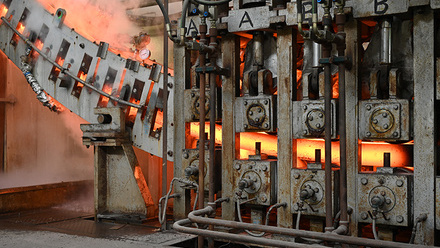Elastomers at Low Temperatures
This afternoon technical discussion meeting (ATDM) examined the use of elastomers when used in low temperature environments.
This event was the second RIEG event to be held online since Covid-19 travel and social distancing restrictions had been imposed.
This afternoon technical discussion meeting (ATDM) examined the use of elastomers when used in low temperature environments.
This event was free to attend due to the generous sponsorship from ARTIS.
Please click on the links below for the presenter's presentation slides:

From top left (James Busfield, Erick Sharp, Izaak Watson, Matthew Thornton & Matthias Jaunich)
Programme
13:30 Introduction - Prof James Busfield (QMUL)
13:45 Compounding low temperature elastomers for extreme conditions by Michael Winrow, Clwyd Compounders, UK
Clwyd Compounders has an extensive polymer portfolio with a wide range of compounds custom formulated to meet the low temperature requirements for their customers' end applications. They design specially formulated compounds to withstand low temperatures and the specifications they must meet.
14:15 Specifying compounds for performance at low temperatures by Izaak Watson, Martins Rubber Company Ltd, UK
Based on industry feedback they investigate the challenges application engineers face when selecting elastomer seals for use at low temperature. Different methods were presented for characterising performance in the laboratory and these were discussed in the context of specific applications.
14:45 Low temperature properties of rubber seals by Dr.-Ing. Matthias Jaunich, Bundesanstalt für Materialforschung und prüfung (BAM), Germany
Understanding the failure mechanisms that lead to leakage of rubber seals at low temperatures is important. Rubber properties are highly temperature dependent. Changes in behaviour at low temperatures can result from the rubber-glass transition and for some rubbers by partial crystallisation. Experimental results on the low temperature behaviour of different rubber seals were discussed to help understand seal failure processes.
15:15 Avoiding failure by testing low temperature performances in elastomers by Erick Sharp, ACE Products & Consulting, USA
An evaluation of low temperature test methods for elastomers was presented. Tests included were transition of glass (Tg) via DCS, temperature retraction, brittle point, cold bend and cold aged physicals. Each test method was reviewed using case studies.
Click the image below to go to the Rubber in Engineering Group page:








